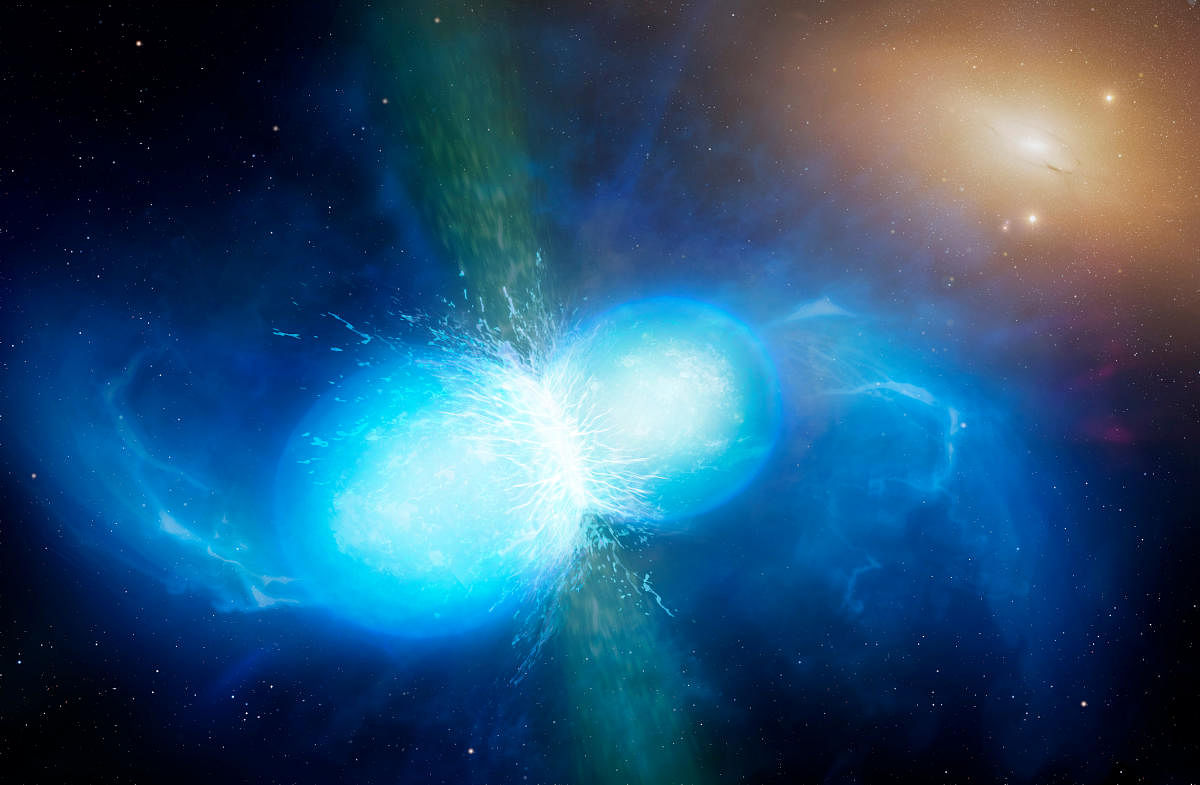What distinguishes black holes from neutron stars?


Nearly 90 years after their existence was postulated by Subrahmanyan Chandrasekhar (who would get a Nobel Prize much later for the celebrated Chandrasekhar Limit), black holes still remain the biggest cosmic enigma. Little is known about these cosmic monsters, whose gravitational pull is so strong that even light, travelling at a speed of nearly 300,000 km per second, can’t escape it making them literally black.
Though Chandrasekhar was mocked by celebrated physicists like Sir Arthur Eddington in the initial days and Albert Einstein was sceptical, it didn’t take long for scientists to find evidence in support of black holes and neutron stars. However, a definitive proof of the existence of black holes is still a holy grail of modern physics and astronomy as scientists all over the world try to find out a way to “see” these celestial beasts and unravel their mysteries.
While gravitational wave astronomy has opened up a new window, the first ever image of the event horizon – the mysterious boundary of a black hole – was seen last year by the Event Horizon Telescope that captured the radiations in radio wavelength in the surrounding areas of the event horizon of a supermassive black hole that lies at the core of the M87 galaxy. This method, however, has limitations as very few black holes can be seen using such technology.
An international team of astrophysicists including two scientists from Tata Institute of Fundamental Research (TIFR), Mumbai has now found a distinctive signature of black hole event horizons, unmistakably separating them from neutron stars — another set of enigmatic stellar objects, comparable to black holes in mass and size but confined within a hard surface. The method they used will come handy in identifying many other stellar mass black holes (those with a mass 5 to 20 times the mass of the Sun) that are more common.
In its dying phase, when a star with a core containing mainly iron exhausts all its fuel, it collapses under gravity and explodes as a supernova. The extreme high pressure causes protons and electrons to combine into neutrons forming a neutron star. The energy released in the process blows away the outer layers of the star.
What happens next depends on the mass of the neutron star’s core. If it is less than three solar masses it remains as a neutron star but if the star’s weight is more than about three solar masses, then it collapses further to form a black hole.
The highest possible mass of a neutron star is not fully known, but it can’t be theoretically more than around 3 solar masses (beyond which, it should be a black hole). The maximum mass for a neutron star, which has been precisely measured so far, is around 2.1 solar mass.
Densest objects
Neutron stars are among the densest objects in the universe. They have a radius of 10-20 km but carry a weight up to 2.5 times the mass of the Sun. A big difference between them is that a neutron star would be having a hard surface unlike that of a black hole.
“What we found is the signature of the lack of a hard-surface. With such a signature, we can distinguish between a neutron star and a black hole as neutron stars release emissions from the hard-surface,” Sudip Bhattacharyya, TIFR scientist and a member of the team that made the discovery using data from NASA’s Rossi X-Ray Timing Explorer probe, told DH. The findings were published in the monthly notices of the Royal Astronomical Society.
The method, described by the Indo-German-Russian team has two distinct advantages. “For those who use gravity wave windows to look at these monsters can’t really repeat their experiments for the same source. But our method provides that option,” he said. Secondly it leads to better understanding of the stellar-mass black holes that can wrap the space-time 10,000 trillion times more than the supermassive black holes and are hugely important to understanding several other cosmic mysteries.
Deccan Herald is on WhatsApp Channels| Join now for Breaking News & Editor's Picks